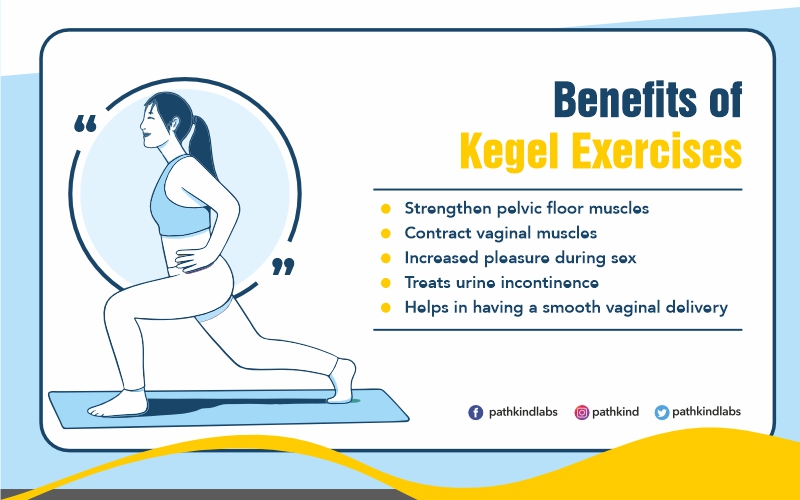Kegel Exercises (KE)

Kegel Exercises (KE): Benefits, Techniques, and Applications
Kegel exercises (KE) are a series of clench-and-release movements that strengthen the pelvic floor muscles, which support the bladder, bowels, and reproductive organs. These exercises are beneficial for both men and women, enhancing bladder and bowel control, improving sexual health, and preventing pelvic organ prolapse. Below is a detailed overview of Kegel exercises, including their benefits, techniques, and applications.
Benefits of Kegel Exercises
Bladder and Bowel Control:
- Strengthening pelvic floor muscles helps prevent urinary and fecal incontinence, improving overall bladder and bowel function[1][2][3].
Sexual Health:
- Enhances sexual performance by improving blood flow and control over ejaculation in men and increasing orgasmic intensity in women[2][4].
Pelvic Organ Support:
- Helps prevent pelvic organ prolapse by maintaining the strength of the muscles that support these organs[1][3].
Core Strength:
- Contributes to overall core stability, which can benefit athletes and individuals with active lifestyles[1].
Techniques for Performing Kegel Exercises
Identifying the Correct Muscles:
- The key is to isolate the pelvic floor muscles without engaging the abdominal or thigh muscles.
- For men, this can be done by stopping the flow of urine mid-stream to identify the muscles involved[5].
- For women, it can be achieved by inserting a finger into the vagina and squeezing the muscles around it[4].
Exercise Routine:
- Contract and Release: Tighten the pelvic floor muscles for a count of three, then release for a count of three.
- Repetitions: Aim for three sets of 10 repetitions daily[3][4].
- Progression: Gradually increase the duration of muscle contraction over time[3].
Applications and Precautions
Preparation for Surgery:
- Beneficial for individuals preparing for prostate surgery or other pelvic surgeries to improve postoperative recovery[2].
Postpartum Recovery:
- Recommended for women after childbirth to restore pelvic floor strength and prevent incontinence[1].
Precautions:
- Avoid performing Kegels with a catheter in place, as this can cause complications[2].
- Do not perform Kegels while urinating to prevent urinary tract infections[5].
- Consult a healthcare provider if experiencing pain or difficulty with the exercises[2][5].
Conclusion
Kegel exercises are a simple yet effective way to enhance pelvic floor strength, improving bladder and bowel control, sexual health, and overall pelvic organ support. By incorporating these exercises into a daily routine, individuals can experience significant benefits with minimal risk of complications.
Consult with Our Team of Experts Now!
At DrStemCellsThailand (DRSCT)‘s Anti-Aging and Regenerative Medicine Center of Thailand, we emphasize comprehensive evaluations and personalized treatment plans of Cellular Therapy and Stem Cells for managing various health conditions. If you have questions about Kegel Exercises (KE) or would like more information on our services, consult with our experts today!
Consult with Our Team of Experts Now!
References
- Gleneagles: Kegel Exercises for Women
- Cleveland Clinic: Kegel Exercises for Men
- Healthline: Kegel Exercises
- Cleveland Clinic: Kegel Exercises Overview
- Mayo Clinic: Kegel Exercises for Men
- Siloam Hospitals: Kegel Exercises for Women
- Prodia Digital: Benefits of Kegel Exercises
- Wright Physical Therapy: How to Do Kegels















